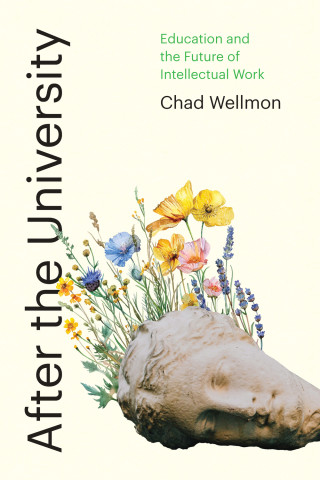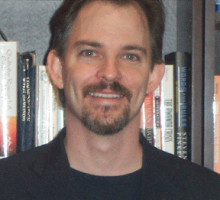
Reviews
Professors and Their Politics has value for all professionals associated with American higher education. The various studies in the book make a case for why progressive values are dominant among those who enter vocations associated with colleges and universities, as well as how these values shape research agendas, hiring practices, and treatment of students. If their conclusions are correct, and the various authors have provided data to support verifiable conclusions, the political life of the academy is a sign of its vitality, not a cause of its crisis, and the vitality of the academy includes more support for diversity of thought, especially among students, than common stereotypes assume. This volume makes an important contribution to understanding the culture of contemporary higher education.
The editors and authors of this book are well established; together they have illuminated many aspects of this increasingly timely, always contentious topic.
Book Details
Introduction
Part I: The Lay of the Land
Chapter 1. The Social and Political Views of American College and University Professors
Part II: Explaining Professional Liberalism
Chapter 2. Political Liberalism
Introduction
Part I: The Lay of the Land
Chapter 1. The Social and Political Views of American College and University Professors
Part II: Explaining Professional Liberalism
Chapter 2. Political Liberalism and Graduate School Attendance: A Longitudinal Analysis
Chapter 3. Nations, Classes, and the Politics of Professors: A Comparative Perspective
Chapter 4. Political Bias in the Graduate School Admissions Process: A Field Experiment
Part III: The Student Experience
Chapter 5. The Effect of College on Social and Political Attitudes and Civic Participation
Chapter 6. "Civil" or "Provocative"?: Varieties of Conservative Student Style and Discourse in American Universities
Part IV: Formative Periods
Chapter 7. Naturalizing Liberalism in the 1950s
Chapter 8. Challenging Neutrality: Sixties Activism and Debates over Political Advocacy in the American University
Part V: Institutional Change and its Limit
Chapter 9. Activism and the Academy: Lessons from the Rise of Ethnic Studies
Chapter 10. Rationalizing Realpolitik: U.S. International Relations as a Liberal Field
Chapter 11. The Merits of Marginality: Think Tanks, Conservative Intellectuals, and the Liberal Academy
Conclusion
Appendix. Sample Student Emails
References
Contributors
Index





